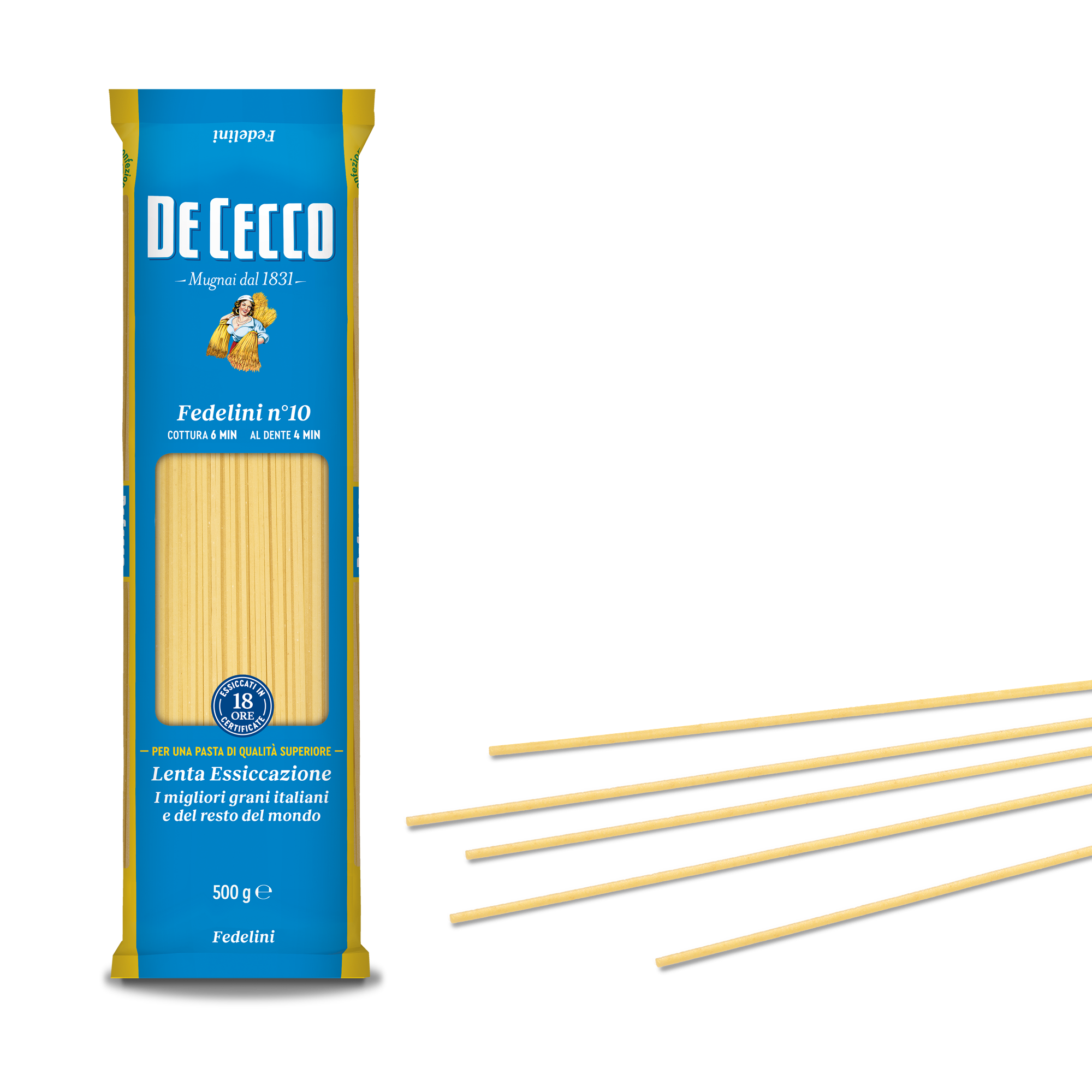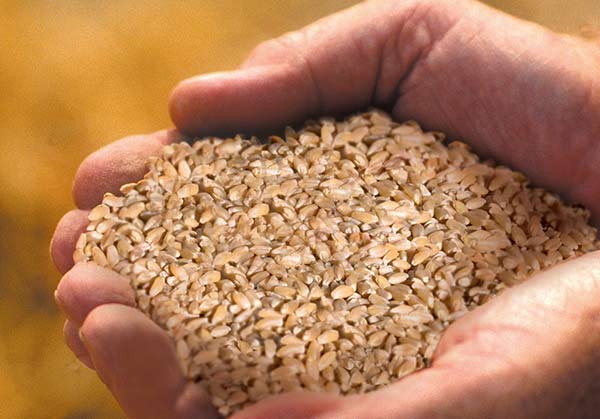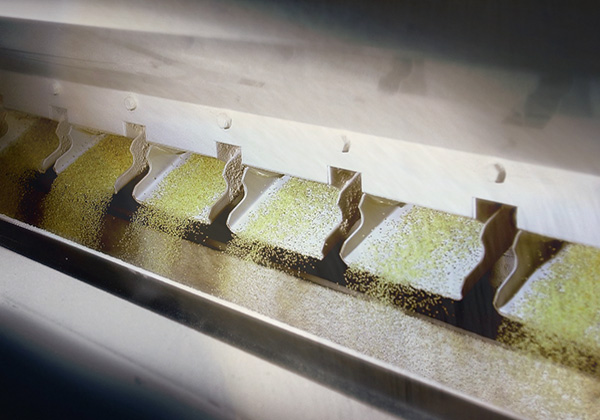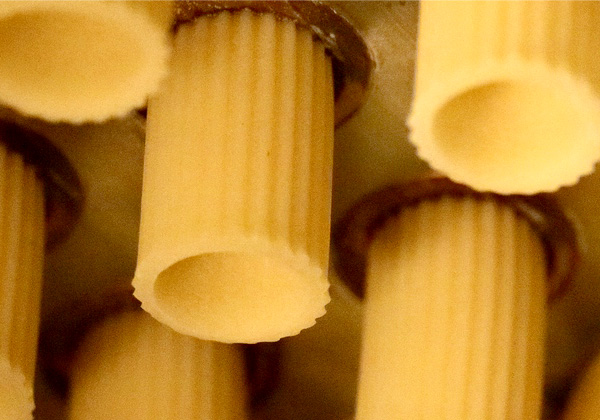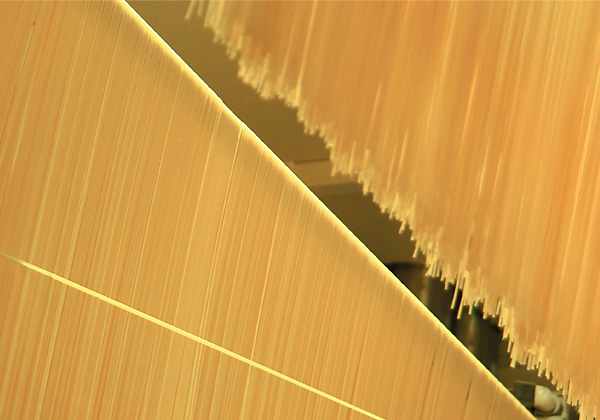Gnocchetti Sardi n° 83
In the region where they were created in Sardinia, they are called "malloreddus" which in Sardinian dialect literally means "little gnocchi" and they are by definition considered to be the most typical dish.
The unusual thing about these little gnocchi is their size, which has been developed to create an exceptional consistency, and the ridged surface which at one time was obtained by pressing the pieces of pasta with the thumb on the bottom of a wicker basket called "ciurili". Nowadays this is done by using a grooved board.
Gnocchetti sardi are particularly good with traditional recipes combined with fresh ricotta or sheep's cheese, as well as being excellent with tomato or meat sauces.
Available in 500g or 3 Kg packs.
- Cooking time: 12 min - Al dente: 10 min
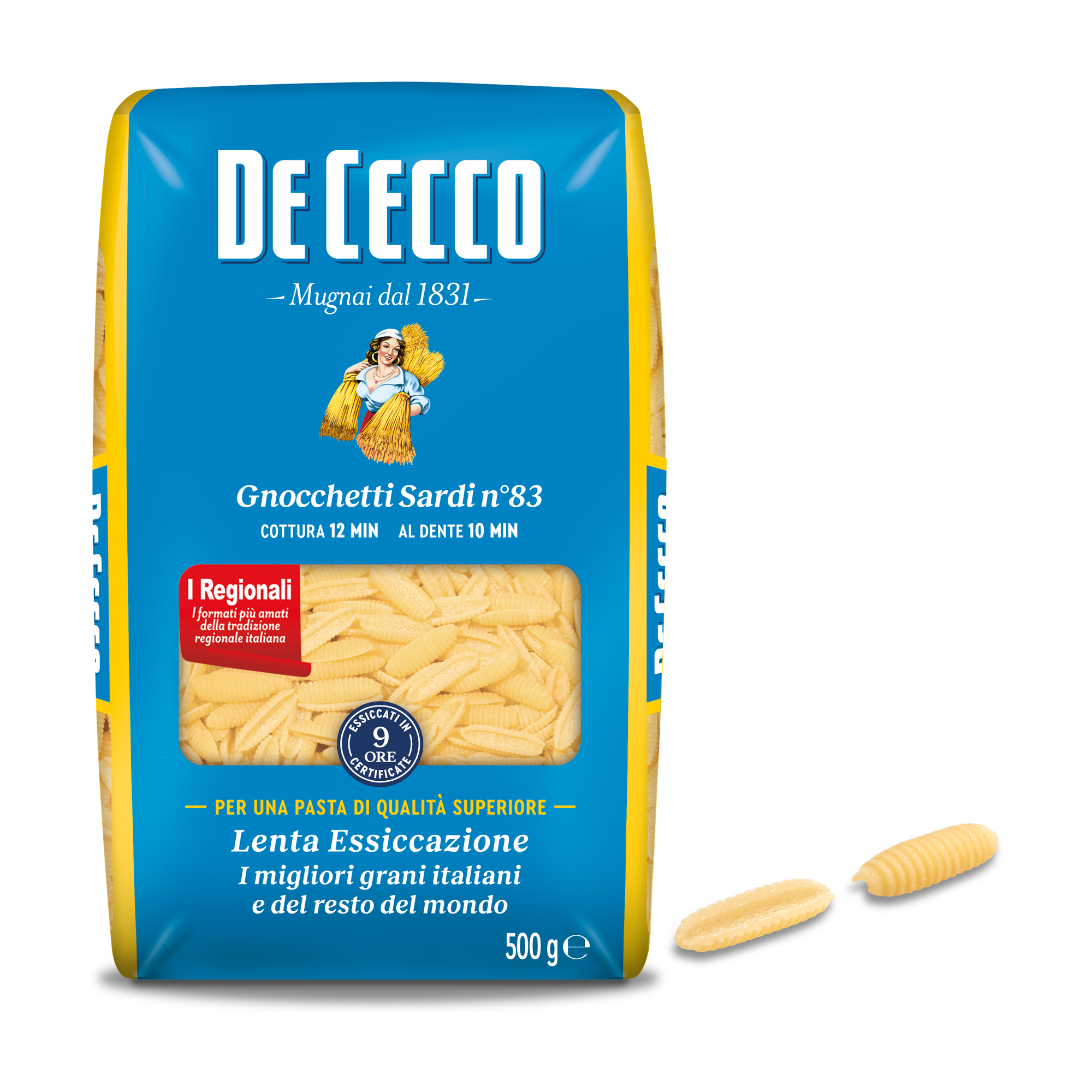
play
Our method
Attention, care, experience, quality at every stage: from our mill to your table.
You may also be interested in
Fedelini n° 10
The origin of Fedelini can be traced back to parts of Liguria and the province of Savona at the beginning of the 14th century with the start of the production of macharoni and tria, also called fidej. They are extremely thin which is how they can still be distinguished from spaghetti.
Simple condiments are recommended for this type of pasta. It is excellent combined with butter dressings, such as uncooked butter and cheese, or melted butter with sage and cheese. Egg or fresh raw tomato based sauces are also excellent. Another way to enjoy Fedelini is in a light, chicken broth. In addition to broths and pasta dishes with sauces, this pasta is also used to prepare oven-baked dishes in the Naples region.
Available in 500g pack.s
Find out more
